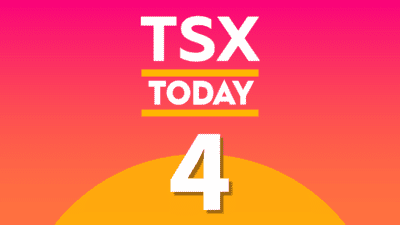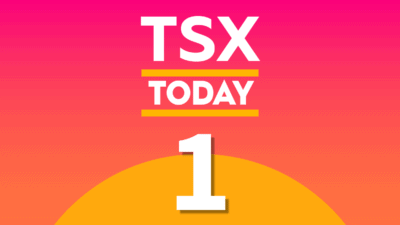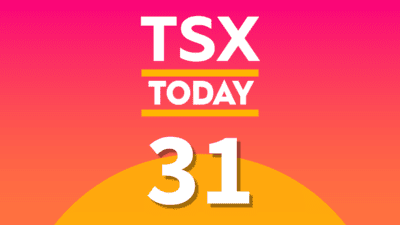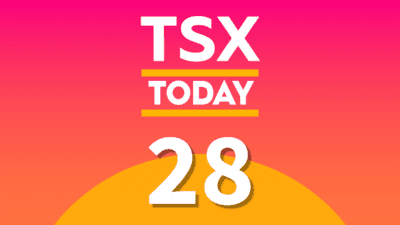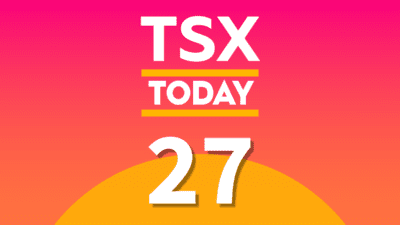As we head into the last leg of 2024, Canadians must look at the various tax breaks they can utilize to lower their tax liability in 2025. Filing taxes is a necessary evil and can be overwhelming for most individuals and households. However, the Canada Revenue Agency (CRA) offers several tax breaks to help you reduce your taxes. One such tax credit that every Canadian receives is the Basic Personal Amount, or BPA.
What is the Basic Personal Amount tax credit?
The BPA is a non-refundable tax credit available to all Canadians. According to the CRA, the BPA has increased from $13,808 in 2021 to $15,000 in 2023, and $15,705 in 2024. Moreover, the CRA exempts a 15% federal tax rate on the BPA, which means your tax bill can be reduced by $2,355.75 (15% of $15,705) when you file your taxes next year.
- If your net income for 2024 is $173,205 or less, you can deduct $15,705 from the BPA. Your BPA tax credit will amount to $2,355.75.
- If your net income for 2024 is between $173,205 and $246,752, your BPA will gradually reduce, and your BPA tax credit will lie between $2,355.75 and $2,123.40.
- If your net income for 2024 is above the threshold of $246,752, you can deduct $14,156 in BPA, which means your tax credit will be $2,123.40.
Reinvest these tax savings and grow wealth over time
While tax breaks are essential, reinvesting these savings and building long-term wealth is even more crucial. One easy way to invest these tax breaks is via a Tax-Free Savings Account, or TFSA. The TFSA program was launched in 2009, and the registered account has gained popularity among Canadians over the last 15 years.
Any Canadian over 18 with a valid social insurance number can open a TFSA. The CRA increased the TFSA contribution limit by $7,000 in 2024, bringing the maximum cumulative contribution room to $95,000.
What’s interesting is that the CRA does not tax income earned in the TFSA if you invest in qualified financial products, which include stocks, mutual funds, exchange-traded funds, and guaranteed investment certificates.
Use the TFSA to invest in index funds
Historically, equities as an asset class have outpaced inflation over time. While investing in individual stocks might seem exciting, the best way to gain exposure to the stock market is by investing in diversified index funds that track indices such as the S&P 500.
In fact, investing in the S&P 500 may help you beat over 80% of Wall Street investors, including mutual funds and other active fund managers.
After accounting for dividend reinvestments, the S&P 500 index has delivered a compound annual growth rate of 10% for more than six decades. Moreover, it provides you exposure to some of the largest companies in the world, such as Microsoft, Apple, Nvidia, Meta Platforms, and Alphabet.
Canadian investors can invest in the S&P 500 index via iShares Core S&P 500 Index ETF. With over $10 billion in assets under management, the XSP is a low-cost index fund with an expense ratio of just 0.09%.

